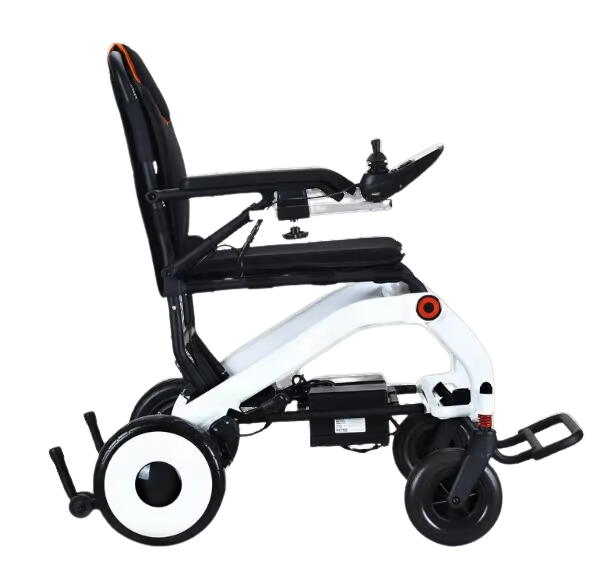Common Myths About Wheelchairs Debunked
9/24/20241 min read
Introduction to Wheelchair Myths
Wheelchairs have been around for centuries, serving as vital mobility aids for countless individuals. However, despite their common use, many misconceptions persist regarding wheelchairs and wheelchair users. It's important to separate fact from fiction to foster a better understanding and appreciation for those who rely on wheelchairs.
Myth 1: Wheelchairs Are Only for the Elderly
A prevalent myth is that wheelchairs are exclusive to elderly individuals or those with permanent disabilities. In reality, people of all ages and abilities use wheelchairs. This includes individuals recovering from surgery, those with temporary injuries, and even athletes with mobility impairments. Wheelchairs cater to a wide range of users, emphasizing the need for inclusive thinking when it comes to mobility solutions.
Myth 2: Wheelchair Users Can't Lead Active Lives
Another common misconception is that wheelchair users lead sedentary lifestyles. On the contrary, many wheelchair users actively participate in sports, travel, and social events. Adaptive sports have gained popularity, enabling individuals to engage in activities like basketball, racing, and swimming. Wheelchair users often advocate for their rights and strive for independence, dispelling the notion that mobility impairments dictate an inactive life.
Myth 3: Wheelchairs Are Always Bulky and Difficult to Maneuver
Many people believe that wheelchairs are cumbersome and challenging to handle. While some traditional models may fit that description, advancements in wheelchair technology have led to the development of lightweight, customizable, and easily maneuverable options. Electric wheelchairs and sport-specific models allow users greater control and flexibility, ensuring a better fit for their personal needs.
Conclusion: Understanding the Truth About Wheelchairs
It is essential to debunk myths surrounding wheelchairs, as they contribute to stigmas that affect users' experiences. By recognizing the truth, we can create a more inclusive society where individuals with mobility aids are understood, supported, and appreciated. Education plays a significant role in breaking down barriers, allowing for a more empathetic approach towards those who use wheelchairs.
© 2024. All rights reserved.


